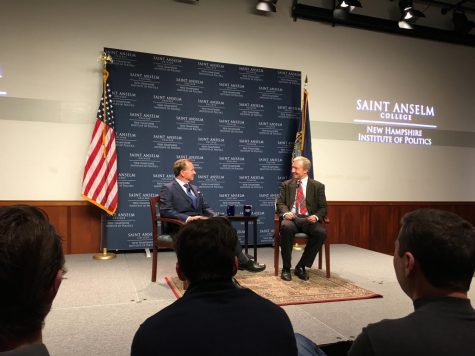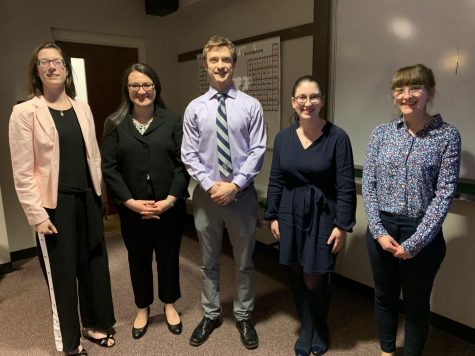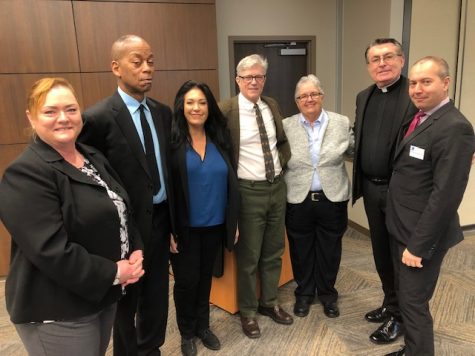Community First! Village presents a new remedy for homelessness
February 4, 2019
During the last week of break, thirteen other Saint Anselm students and I travelled to Austin, Texas for a winter break alternative trip titled “Community Living.” Going into the trip, I knew two things; that we would be serving the homeless population, and that we would be living in tee-pees.
Something novel about WBA Texas is that it was Saint Anselm’s first time using our trip site, Community First! Village, and that we would be living directly in our volunteer site. Community First is in a very rural area of Austin, on the very rustically-named Hog Eye Road.
I was wowed during our first explorations of the village. It was not overly luxurious but was very impressive. It is essential for people to have homes that they can take pride in.
Unlike many homes intended to be low-income housing for those ostracized by society, Community First has an aura of safety and community. As the name indicates, there is a much stronger focus on building a community, rather than just providing housing.
The village is desirable enough to join to the extent that people who can afford housing want to move there simply to be part of the community.
Missionaries and volunteers live beside the formerly-homeless residents, and it is both difficult and unimportant to distinguish one group from the other. They all compose a strong community.
To me, homelessness has always appeared to be a relentless conflict in society, with so little resources and housing available.
The homeless have been dehumanized by society, seen as the signs that they are holding, rather than as people whose life circumstances have led them to be in an undesirable situation.
It is uncertain whether the societal conflict of homelessness will ever be resolved. Doc, one of the neighbors who used to live on the streets, shared his wisdom on the issue with my group.
He theorized that you cannot attack the homeless situation as a whole, but can try to solve the conflict in one homeless person. Meaning, to view homeless people as individuals rather than statistics.
If one person receives help and housing, such as through Community First, there is one less person living on the streets.
That person also has the chance to live in a healthy community and be surrounded by support and friendship.
As volunteers serving in the community, we felt a dynamic of equality. To be clear, we were volunteering alongside the formerly-homeless population to better the community, rather than us coming in simply to volunteer for the homeless.
No matter our backgrounds, we had the shared goal to maintain the quality of the community and to learn from one another.
It truly felt as though we were part of the community, even though it was only our temporary home. We cooked meals in the community kitchen, greeted neighbors while strolling around the village, went to many community events possible, and were even followed around relentlessly by the overly-friendly community cat (who broke into our tee-pees multiple times).
The community comes together at least a few times a week for shared meals and faith-sharing activities. During our stay there, therapy dogs from Divine Canine also visited.
It was clear that the administrators of the village put a lot of effort in to provide meaningful programming to the residents. Counseling, medical, and addiction-fighting services are also readily available for the residents.
The residents tend the farm, make and sell crafts, and work in the wood shop and forge. It isn’t a situation where they’re simply provided the housing. They are expected to contribute to the community.
This provides them with the opportunity to flourish, which is something that the residents were likely previously deprived of.
The village is also inviting to outsiders. The whimsical air bnbs are perfect for travelers, and a large outdoor theater for community movies is a welcoming attraction.
On our last day at the site, a girl scout troop showed up to learn about the community. It is clear that Community First is approachable for the broader Texas community, rather than stigmatized.
Community First is a novel resource to help fight homelessness. The village was founded by Alan Graham, author of the 2017 book Welcome Homeless. I recommend looking into the book, as well as visiting the Mobile Loaves & Fishes/Community First! Village site if you are interested in learning more.









